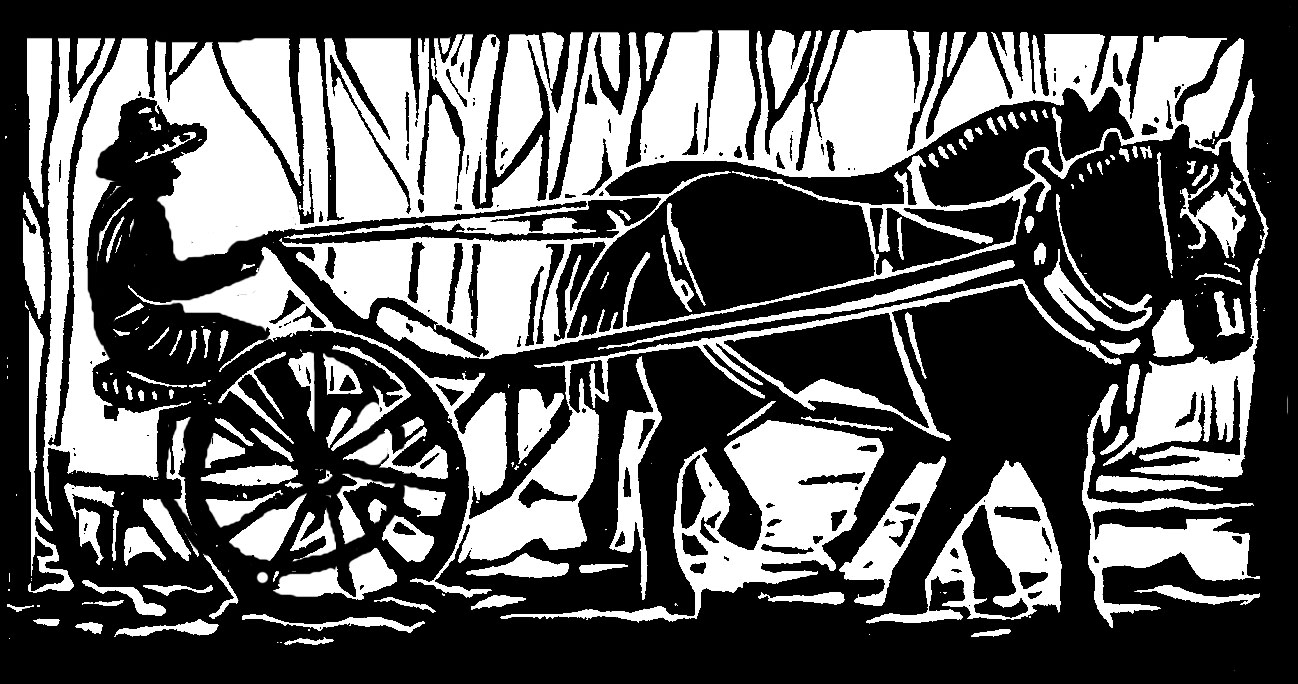Recently I wrote a farming column about how pleased I was at our new way of putting machinery in the barn after the vegetable season was over. The column was even subtitled: “New Good Things Can Happen.”
Well. When it came time to take the machinery out again in the spring, we two farmers anticipated a pleasant fifteen minutes of effort. It did not take us long to realize this would not be the case, since all the implements were so tightly, cleverly jammed in that they had absolutely no interest in coming out.
“Oh, we are so brilliant, yet so not brilliant,” sighed I.
We struggled for two hours, with heavy metal bars, straining muscles, a lot of grunting, and the occasional groan. After two hours, the grunts and groans devolved into complaints and curses – and we still didn’t have the machinery out.
Now I am not saying that New Good Things Can’t Happen. Oh, no.
What I am saying is, if you and your sweetheart have worked together for many years, as my sweetheart and I have done, and the conversation has gotten rather snappish, and the project that was supposed to be easy is instead very hard, and the day is speeding by with nothing being accomplished, it’s good to consider your options (remembering, if you can, how lucky you are to have any options at all).
a) It’s time to quit working with your sweetheart. We didn’t really want to do that, in a permanent kind of way, at least, even though we were very crabby with each other and the machinery, and every other farm project that was supposed to be easy and turned out to be hard had suddenly and just a tiny bit bitterly come to mind.
b) It’s time to quit working with draft horses and horse-drawn machinery. We didn’t really want to do that either, because we like our four horses, all of which were lazing around the barnyard and wondering why the farmers were making so much unpleasant noise in the barn. Sometimes a horse would amble over from the hay manger, peer more closely into the barn, and then amble happily away again, leaving us to our foolishness. (Plus, of course, non-horse drawn machinery also often calls for metal bars, grunts, groans, complaints, and curses, and you don’t even get to snuggle up to your tractor afterward, like you get to snuggle up to your horse.)
c) It’s time to go look at the water hose valve. Now this valve worked beautifully for many years, giving the farmer that doesn’t like to get wet great confidence, and then the valve slowly deteriorated, and the farmer would forget, over and over again, and what would happen? Yes, she would get wet. One day, she forgot too many times, and she had also mentioned a new valve too many times to the other farmer who would be running errands, and he would have his turn at forgetfulness.
On that fateful day, the angry, wet farmer said, “That’s it. I’ve had it. I’m not farming anymore,” as she stomped away. The other farmer went to the store, fast, and came back with the most expensive valve he could find. It worked great.
“Look,” he said gleefully, “I’ve saved the farm and the marriage! With only twelve dollars and forty-nine cents!” Now this is the kind of sweetheart you want to keep farming with, even when you get wet, or when you pinch your finger between the heavy metal bar and the heavy metal implement, and he hurries over sympathetically, even though you are both very grumpy.
d) It’s time to eat lunch. This is often the best option, and it worked very well in this case. We ate our lunch, and when we came back to the barn, we were stronger, smarter, and friendlier. We got the machinery out.
Originally published in the Monadnock Shopper News, May 3 -May 9, 2023
